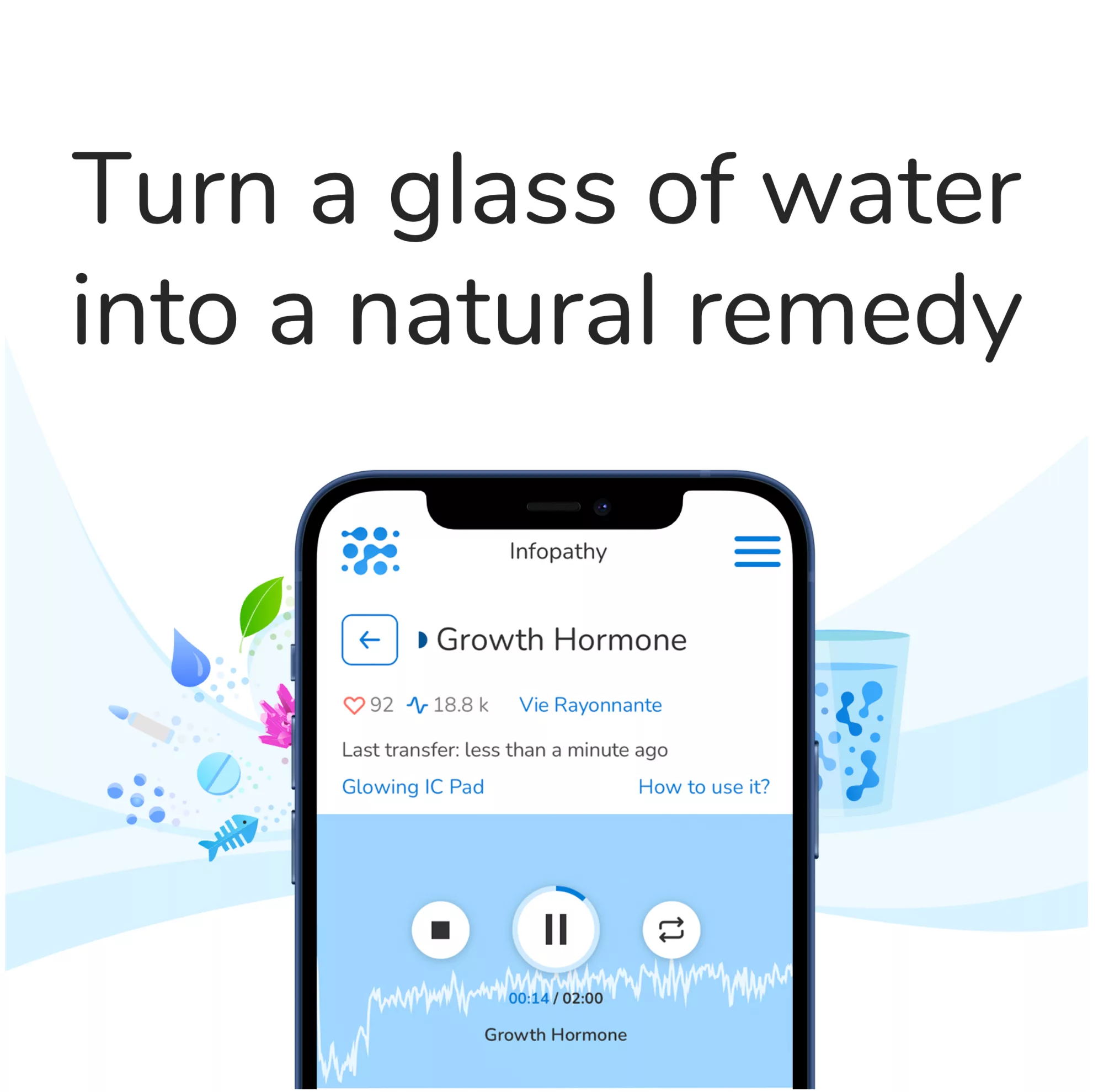Vibration and rebounding therapies involve standing or lying on a machine with a vibrating platform, taking advantage of our bodies’ natural ability to sense mechanical vibrations (1-2).
Vibration therapy – including WBV and localized vibration therapy – may help protect brittle bone conditions such as osteoporosis by increasing muscle mass and providing balance training that promotes safer walking patterns and lowers the risk of falls.
Improved Muscle Strength
Rebounding can not only strengthen muscles, but it is also great for supporting the lymphatic system – which plays an essential part in eliminating waste from our bodies. Your lymphatic system does not have a pump like your blood system does – instead relying on muscle movement and gravity to push lymph fluid throughout your body and remove waste as well as carry nutrients to cells in our bodies. Vibration therapy has shown to significantly boost lymph flow rates up to 15-30 times more effectively helping your body process and remove waste from its cells.
Research has demonstrated that vibration training can increase strength (isometric and isokinetic) for both trained and untrained individuals alike, as well as improve lean muscle mass. This effect occurs as vibrations cause your muscles to contract and relax frequently which recruits more fast twitch muscle fibres used for resistance training.
vibration therapy offers another great advantage: strengthening bones and reducing the risk of falls – leading to fractures for older adults. Vibration stimulation causes your muscles to contract and tighten at once, aiding with balance and coordination by tightening core muscles that support balance and coordination.
Whole Body Vibration (WBV) therapy machines provide one particular form of vibration therapy, consisting of standing, sitting or lying on a machine equipped with a vibrating platform which sends vibrations throughout your entire body. WBV machines are often found in fitness centres, gyms and physiotherapy services.
WBV can do more than increase lymph flow and muscle strength – it can also improve balance and decrease fatigue for individuals living with disabilities such as Autistic Spectrum Disorders. A clinical study on Rebound Therapy demonstrated improvements in attentiveness and concentration among its regular participants.
Research has not proven that vibration plates can strengthen bones or reduce risk of falls for those living with osteoporosis. Most studies conducted involve healthy individuals; additional methods exist such as regular weight bearing exercise to strengthen your bones.
Reduced Chronic Stress
Vibration therapy uses mechanical vibrations to pass through your body while you stand, sit or lie on a machine. These vibrations cause muscles to contract and relax many times per second – similar to exercise’s impact on bones; experts believe this stimulation helps strengthen them.
Vibration therapy has also been found to help alleviate pain, balance and quality of life issues associated with osteoporosis. One study demonstrated how whole-body vibration (WBV), an FDA-approved noninvasive form of vibration therapy, helped slow bone loss among older women with mild to moderate osteoporosis. WBV can provide a safe noninvasive alternative treatment option that may prove especially helpful if there are no medical restrictions that prohibit regular physical activity participation for those living with the condition.
Vibration and rebounding therapies may also offer another potential advantage: relieving chronic stress. This may be achieved through stimulation of muscle contractions and reduced blood pressure levels which in turn lower cortisol levels – helping the immune system and combating the effects of aging in turn.
Vibration therapy produced by rebounding and vibrating machines can also encourage your lymphatic system to work more efficiently. Without its own heart to pump fluid around, lymphatic flow relies on muscle movement and breathing for moving waste products from your tissues away. By improving lymphatic flow through improved lymphatic therapy can help your body more efficiently process and dispose of any toxins it may encounter.
Vibration therapy and rebounding have also proven useful for individuals living with osteoporosis to enhance balance, strength, quality of life and healing of joints and ligaments. Vibration devices like these also increase joint strength by strengthening them as the vibrations heal them faster. Before beginning vibration or rebounding therapy, consult with your physician first to make sure it’s appropriate. In some instances, vibration and rebounding therapy may cause lightheadedness or nausea for some people. If you experience these symptoms while engaged in therapy, discontinue immediately and contact your healthcare provider immediately. They may recommend changing frequency, amplitude or time parameters in your treatment. In many instances, these parameters must be adjusted under guidance from a trained physiotherapist.
Better Sleep
Fibromyalgia, a chronic condition affecting millions worldwide, is characterized by widespread muscle pain and tenderness as well as other symptoms including insomnia, depression, fatigue, sleep disturbances, memory issues and difficulty focusing. Vibration therapy has proven useful in alleviating these conditions by relaxing muscles and decreasing cortisol levels.
Vibration therapy increases neurotransmitters such as serotonin and dopamine that play an essential role in maintaining optimal mental wellbeing, such as serotonin and dopamine. Combining vibration therapy with yoga or meditation further amplifies this effect by encouraging relaxation and creating a strong link between mind and body – this enhanced physical awareness allows individuals to manage stress more efficiently while feeling more secure about their mental wellbeing.
Improved Mental Health
Rebound Therapy can be an extremely useful tool in developing focus and concentration, especially among individuals living with Autistic Spectrum Disorders who often struggle to maintain eye contact or pay attention to instructions. Rebound Therapy’s roots lie within educational environments where it first began; pairing individuals up with an instructor (typically a physiotherapist) who conducts treatment sessions can help increase attentiveness and concentration levels significantly.
Vibration caused by low amplitude bouncing can also induce muscle spindles to vibrate and relax, helping improve muscle tone. More research needs to be completed in order to verify these findings, however anecdotal evidence supports rebounding as an effective means of increasing muscle tone among those with learning disabilities; the bounce helps normalise it through stimulating stretch receptors.






